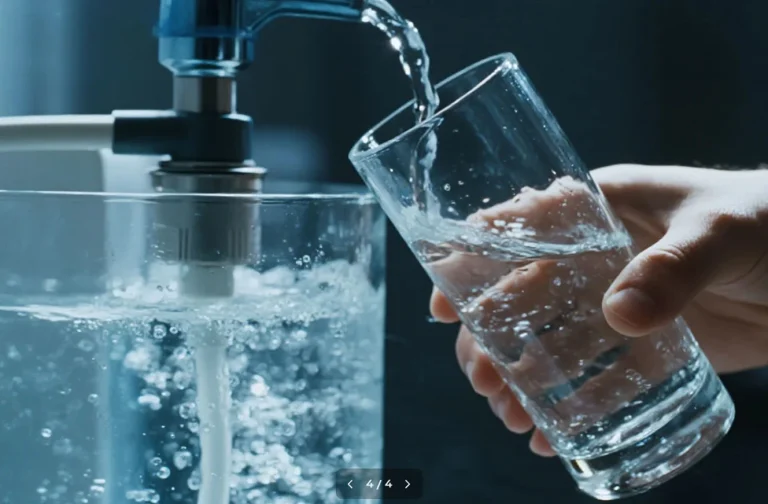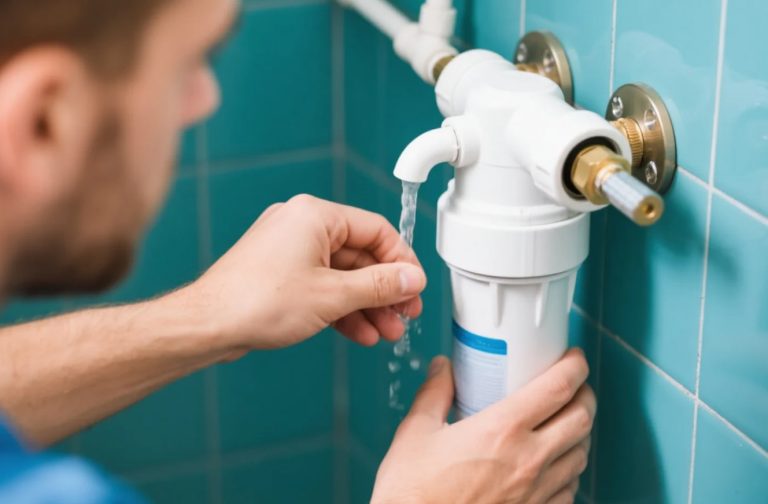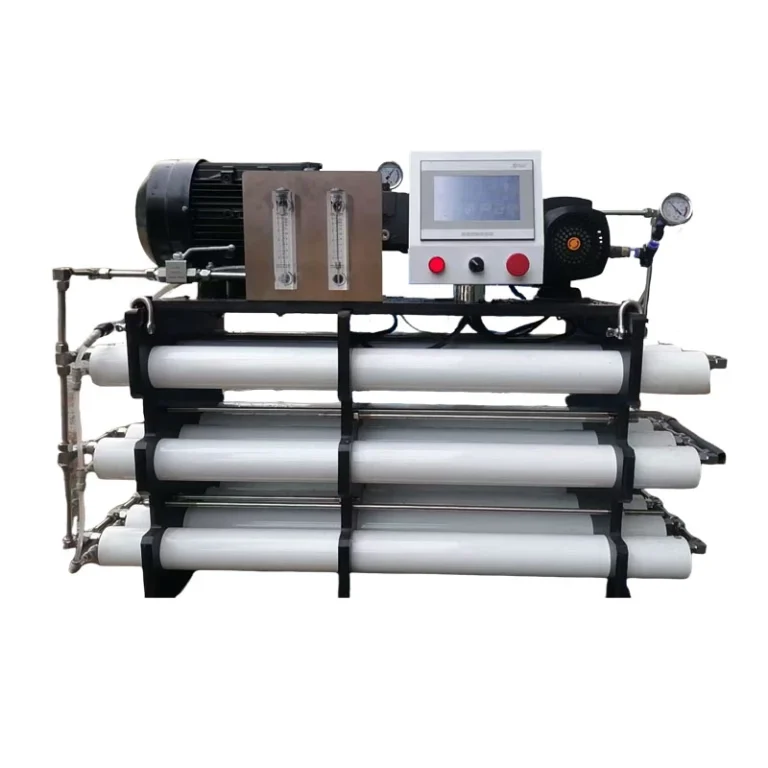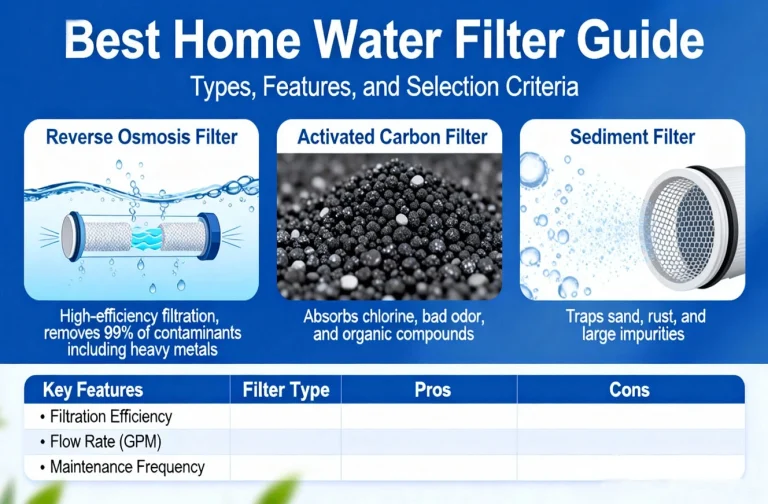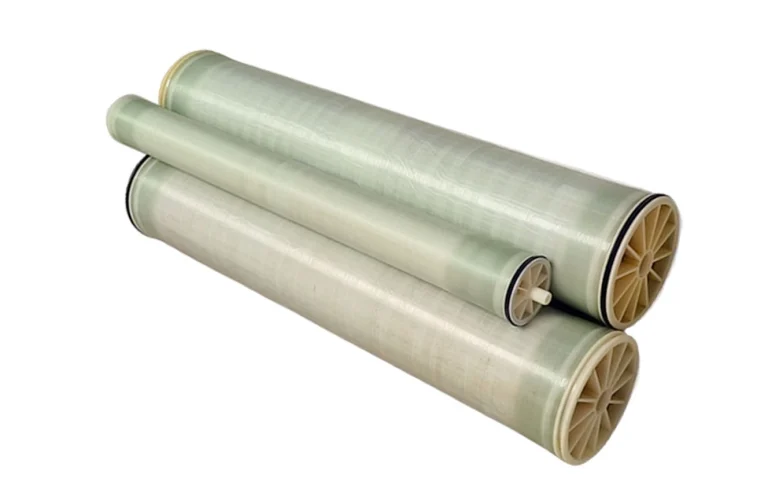BasideWT- Whole Home Water Filtration System & Replacement

How Do You Backwash a Pool with a Cartridge Filter?
Introduction: Clearing Up a Common Pool Misconception
Many new pool owners ask this question. It shows you care about your pool’s health. However, it is a trick question. You cannot backwash a cartridge filter. These systems work differently. They do not have a multiport valve for backwashing. This guide will explain everything. We will cover correct cleaning methods for cartridge filters. You will learn how to maintain crystal clear water. Proper care saves you time and money. Let’s dive into the world of cartridge pool filters.
Understanding Your Cartridge Filter System
Knowing your equipment is the first step. Cartridge filters are popular for home pools. They are known for their efficiency and simplicity.
The Core Components and How They Work
A cartridge filter has a large tank. Inside, you find one or more cylindrical filter cartridges. These cartridges are made of pleated fabric. Water is pumped into the tank. It is then forced through the pleats. The fabric captures tiny debris and particles. Clean water returns to your pool. This process is continuous. It provides excellent filtration.
Why Backwashing Isn’t an Option
A backwash cycle reverses water flow. It flushes trapped debris out to a waste line. Sand and DE filters need this. Cartridge filters lack the necessary plumbing. They have no multiport valve. Their design is for cleaning, not reversing. Trying to modify it would be inefficient. It could also damage the entire system.
The Superior Filtration of Cartridge Systems
Cartridge filters excel at trapping small particles. They can filter down to 10-20 microns. Sand filters only filter to about 20-40 microns. This means clearer, sparklier water. You also save water since there’s no backwashing. This makes them an eco-friendly choice for many homeowners.
The Right Way to Clean a Cartridge Filter
Forget backwashing. Your maintenance routine involves physically cleaning the cartridges. This is done when the pressure gauge indicates it’s time.
Recognizing When It’s Time to Clean
Your filter’s pressure gauge is your best friend. A clean filter has a low pressure reading. Note the “clean” pressure right after a cleaning. A rise of 7-10 PSI above that baseline means it’s time. You might also notice weaker water flow from the return jets. The water might not look as clear. Don’t wait for these signs. Trust the pressure gauge.
Step-by-Step Guide to Cleaning Your Cartridge
Safety first! Always turn off the pool pump at the circuit breaker. This prevents accidental startup.
- Release Pressure: Open the air relief valve on your filter. This bleeds off any internal pressure.
- Open the Filter Tank: Unlatch or unscrew the filter clamp. Carefully remove the filter lid.
- Remove the Cartridges: Lift the cartridges out of the tank. Place them on a clean surface.
- Pre-Rinse: Use a garden hose with a nozzle to rinse the cartridges. Spray between the pleats from top to bottom. Wash from the inside out too.
- Deep Clean (Soaking): For heavy grime, soak the cartridges overnight. Use a dedicated filter cleaner solution. Follow the product’s instructions carefully.
- Final Rinse: After soaking, give them another thorough hose rinse.
- Reassemble: Put the clean cartridges back into the tank. Ensure they are seated correctly. Lubricate the filter tank O-ring with a silicone-based lubricant. Close the lid and secure the clamp tightly.
The Importance of a Proper Soak
A simple hose rinse removes surface dirt. Oils, sunscreens, and deep grime need more power. Soaking breaks down these stubborn contaminants. It restores the cartridge’s filtering ability. It can extend the life of your filter elements. Do this a few times a season.
Proactive Maintenance for a Healthier Pool
Cleaning is reactive. Maintenance is proactive. A good routine minimizes how often you need to clean.
Regular Skimming and Vacuuming
Skim your pool’s surface daily. This removes leaves and bugs before they sink. Vacuum the pool floor weekly. This eliminates debris that could clog your filter. It is the first line of defense. It dramatically reduces the workload on your filter system.
Optimal Water Chemistry Balance
Balanced water is crucial. Improper chemistry can damage your cartridges. High calcium can cause scaling. Low pH can damage the fabric pleats. Test your water 2-3 times per week. Maintain proper pH, alkalinity, and sanitizer levels. This protects your investment.
Using Filter Cleaners and Clarifiers
Use a filter cleaner during your deep soak. It dissolves oils and greases that water can’t. A pool clarifier can help between cleanings. It clumps tiny particles together. This makes them easier for the filter to catch. Use these products sparingly and as directed.
Troubleshooting Common Cartridge Filter Issues
Even with great care, problems can arise. Here’s how to diagnose and fix common issues.
Persistent High Pressure After Cleaning
You cleaned the cartridges, but pressure remains high. This suggests a deeper problem. The cartridges may be old and compressed. They might have scale or calcium buildup. A prolonged soak in a filter cleaner might help. If not, it is likely time for a replacement.
Water Leaking from the Filter
Leaks usually occur at the connections or the tank lid. The most common cause is a dirty or damaged O-ring. Turn off the pump. Open the lid and inspect the large O-ring. Clean it and lubricate it with silicone grease. If it’s cracked or stretched, replace it. This is an inexpensive and easy fix.
Reduced Water Flow and Poor Circulation
This symptom has many causes. It could be a dirty filter cartridge. Check your pressure gauge. It might be a clogged pump basket. It could also be an air leak on the pump’s suction side. Check all pump basket lids and drain plugs. Ensure they are sealed tight.
Knowing When to Replace Your Cartridges
Cartridges don’t last forever. They are wear-and-tear items. Knowing when to replace them is key.
Visible Signs of Wear and Tear
Inspect your cartridges during each cleaning. Look for physical damage. Are the pleats torn, frayed, or coming apart? Are they bent or crushed? Can you see visible holes? Any damage means debris is bypassing the filter. This leads to cloudy water.
Loss of Efficiency and Performance
Sometimes they look okay but don’t work. If you clean them and pressure rises again very quickly, they are spent. The fabric pleats lose their ability to hold dirt over time. If your water remains cloudy despite balanced chemistry, consider new cartridges.
The Cost-Benefit Analysis of Replacement
Cartridges typically last 3-5 years. Soaking and cleaning can extend this. But constant cleaning wears them out. New cartridges improve filtration and pump efficiency. This saves money on your energy bill. Weigh the cost of new ones against poor performance.
Comparing Filter Types: Why You Chose Cartridge
Understanding the alternatives highlights your system’s benefits.
Cartridge vs. Sand Filters
Sand filters are common but less fine. They require backwashing, which wastes water. Cartridge filters offer better clarity. They are easier to maintain for many owners. You never need to buy and handle messy DE powder.
Cartridge vs. D.E. Filters
Diatomaceous Earth (DE) filters offer the best filtration. But they are more complex. Backwashing is required. You must add new DE powder after each backwash. This can be messy and expensive. Cartridge filters provide a great balance of clarity and easy care.
Advanced Tips and Seasonal Considerations
Go from a good pool owner to a great one with these tips.
The Benefits of a Second Set of Cartridges
Buy an extra set of cartridges. This is a fantastic time-saver. When your filter needs cleaning, simply install the clean, dry set. You can then clean the dirty ones at your leisure. It keeps your pool running without long downtime.
Proper Winterization for Cold Climates
Closing your pool for winter? This is critical. Remove the cartridges and clean them thoroughly. Let them dry completely before storing them. Store them in a cool, dry place away from sunlight and pests. Never leave them dirty in the closed filter tank all winter.
Professional Servicing: When to Call an Expert
Some jobs are best left to pros. If you have a major leak from the tank itself. If the pressure gauge is broken. Or if you’ve done everything and the pool is still cloudy. A professional can diagnose complex pump and filter issues.
Conclusion: Embracing the Cartridge Filter Lifestyle
So, you cannot backwash a cartridge filter. And that is perfectly okay. Your system offers superior, water-efficient filtration. The maintenance routine is simple and eco-friendly. Remember to watch your pressure gauge. Clean your cartridges with a hose and occasional deep soak. Maintain your water chemistry and skim regularly. Your filter will reward you with years of clear, refreshing water. Enjoy your swim!
Frequently Asked Questions (FAQs)
Can I add a backwash valve to my cartridge filter?
No, it is not practical or recommended. The tank’s internal design isn’t for reversed flow. It would not work effectively and could void your warranty.
How long does it take to clean a cartridge filter?
A simple hose rinse takes 15-20 minutes. A deep soak requires overnight soaking but only a few minutes of active work.
What is the average cost to replace pool filter cartridges?
Cost varies by size and brand. Standard cartridges can range from $50 to $150 each. Some filters use a single large cartridge, costing $200-$400.
Can I use a pressure washer to clean my cartridges?
No. Avoid pressure washers. The high pressure can damage the delicate pleated material. A garden hose with a firm spray nozzle is perfect.
Why does my filter pressure rise again so quickly after cleaning?
This often indicates the cartridges are old and losing efficiency. It could also mean there is a lot of debris in the pool, overwhelming the system. Check your circulation and chemistry.



